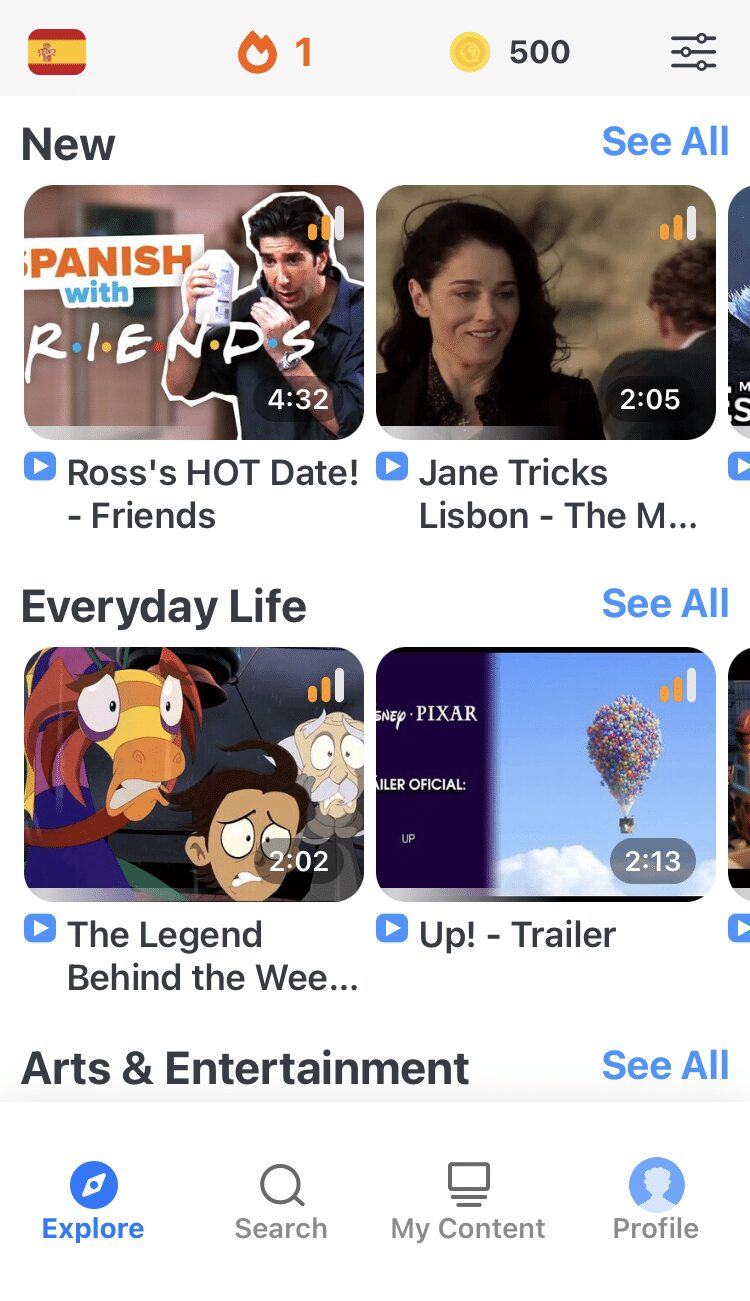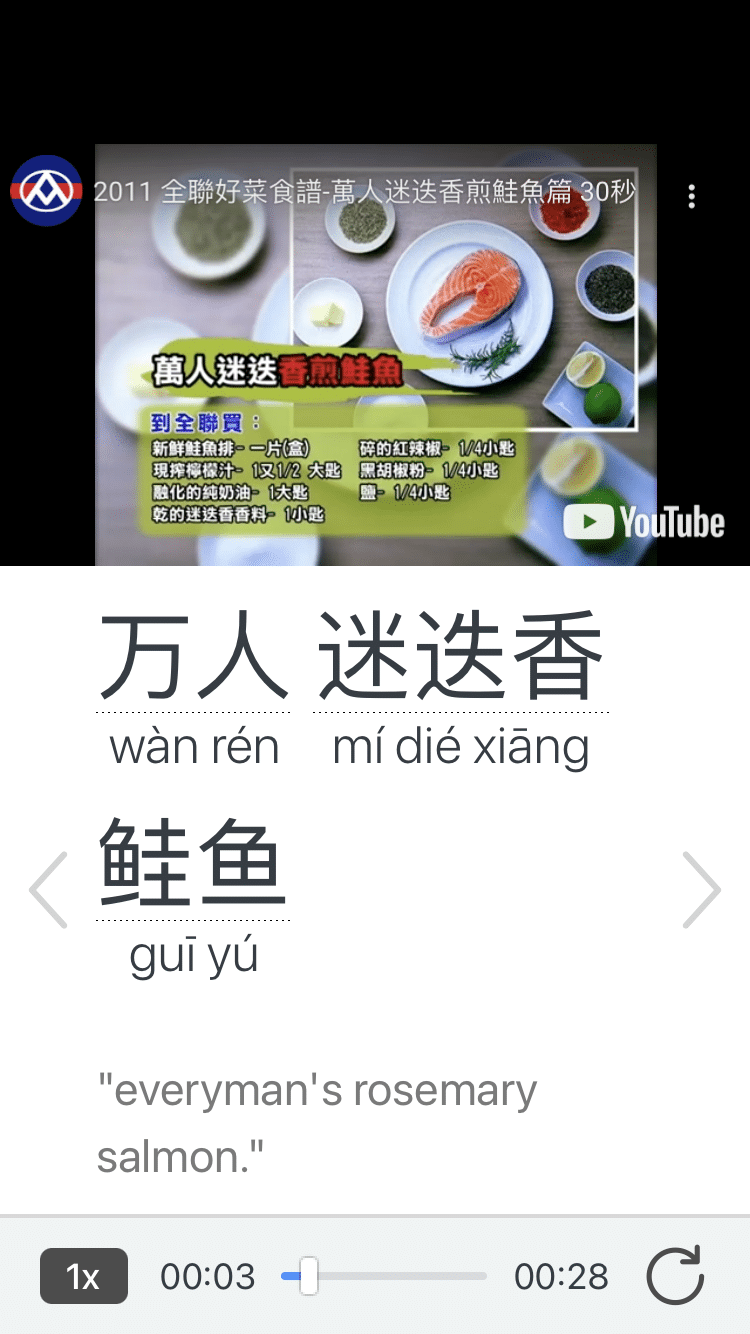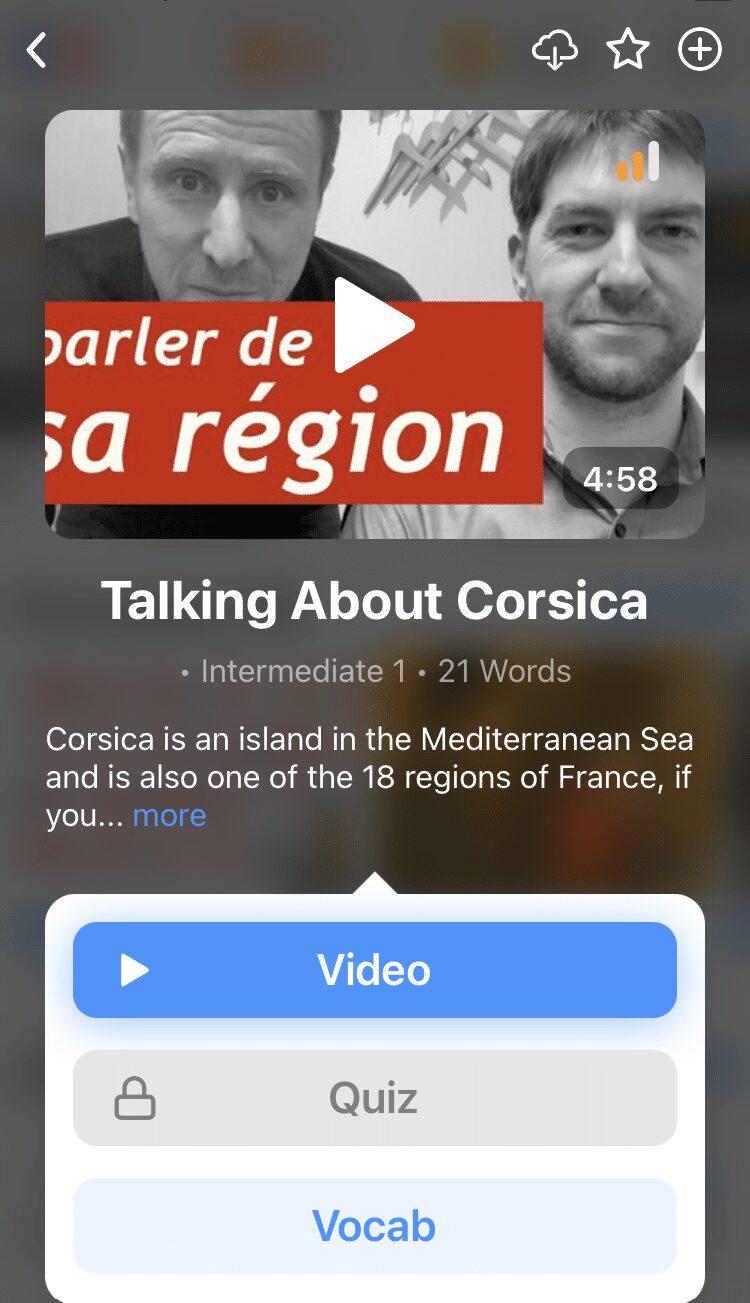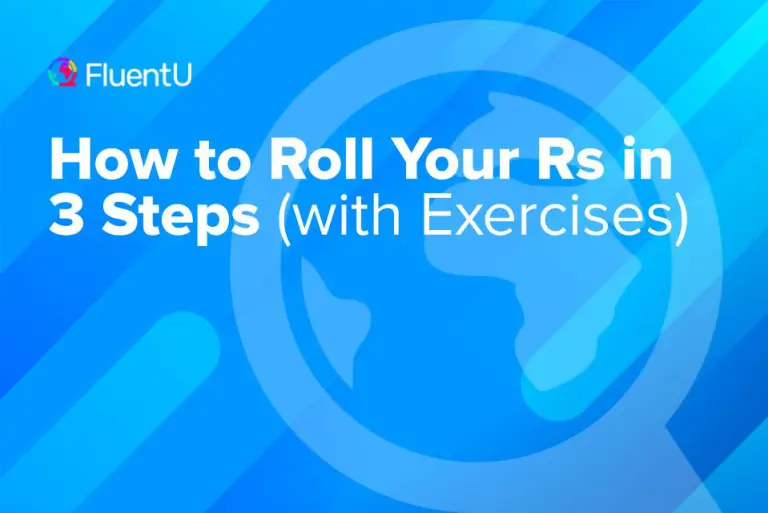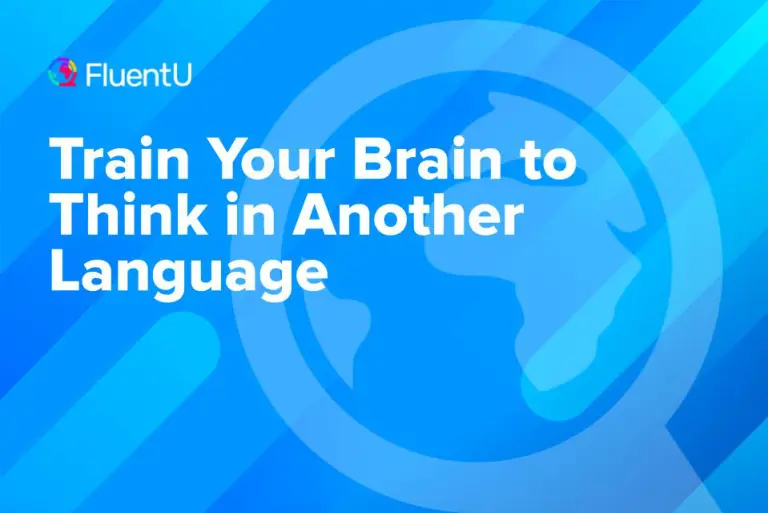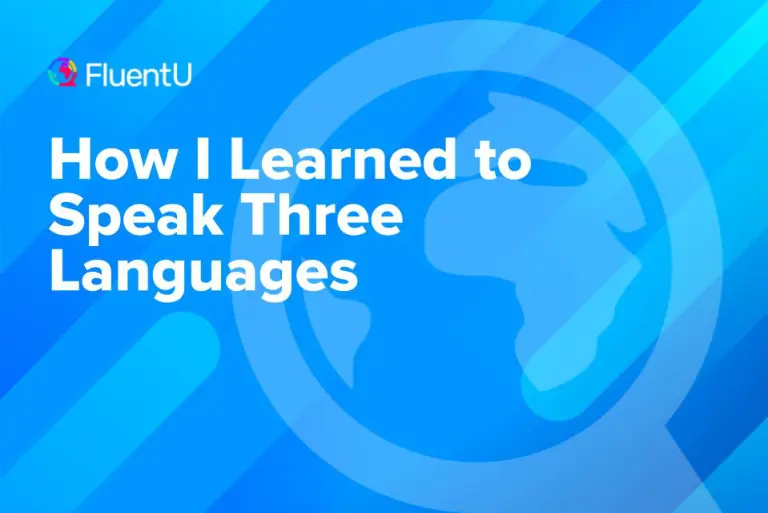Powerful Strategies to Learn a Language by Listening
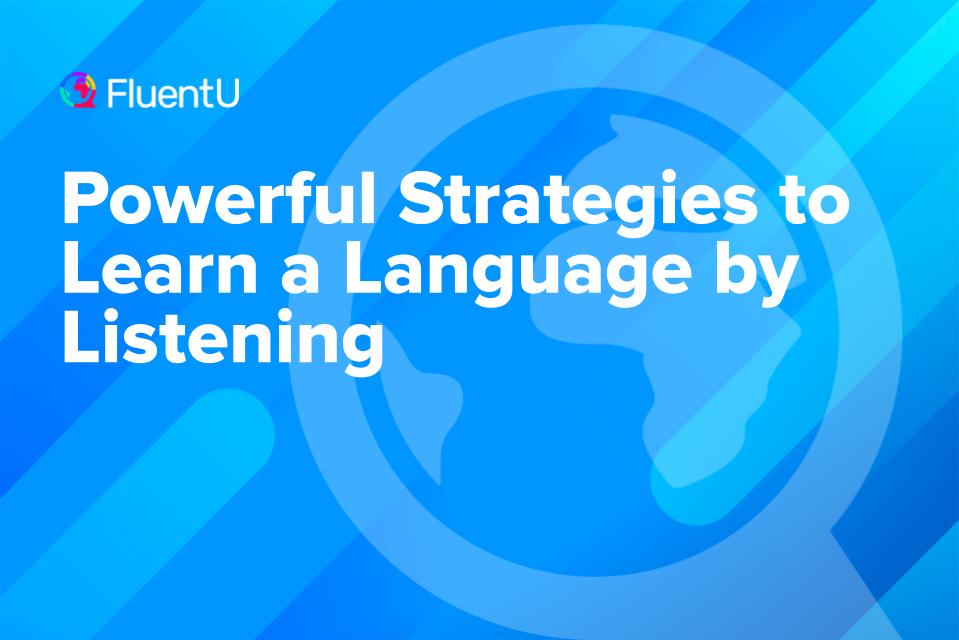
When you learn a new language, everything sounds gibberish at first. But miraculously, you start to understand one word and then another, and soon you’re catching on to phrases and actually making sense of them.
Listening is essential for understanding another language, so it makes sense that it helps you learn it, too. Read on for our top strategies as well as where you can find resources.
Download: This blog post is available as a convenient and portable PDF that you can take anywhere. Click here to get a copy. (Download)
Best Strategies to Learn by Listening
1. Choose Material Suited to Your Level and Interests
Don’t bite off more than you can chew.
One of the most common mistakes language learners make is tackling materials that are way too advanced for their level.
The ideal listening material is a level or two higher than your current level. That means holding off listening to discussions by native speakers about some esoteric economic theory when you are fresh off the boat. It is important that you stick to more basic material until you build on your skills enough to manage complex content.
It is also important to find listening material that you are interested in learning. If you are learning a language for a specific purpose, such as business or medical care, then try and find content that falls in those bounds.
Even if you don’t need specific vocabulary, finding listening content that applies to your own interests will keep you engaged and having fun. Try and find materials about your favorite hobbies, places, or anything else that you like hearing about in your own language.
Keep in mind that most languages will have variations that depend on where the language is spoken. If you know you want to learn a specific accent or dialect, try and find materials created by people in that specific region.
If you don’t really have a specific dialect of your language that you want to learn, it is still good to be aware of those differences. It is likely that if you’re using a wide range of content, sources may differ slightly due to regional distinctions.
2. Contextualize and Look at the Big Picture
When you are digesting an audio or video clip, keep in mind that all conversations are spoken in a certain context. Words and sentences don’t exist in a vacuum; nuances are king. By looking at the big picture, you are making calculated inferences about what’s going on in the conversations.
It’s not your job to know exactly what’s said, nor all of the details, but rather to know what it’s generally about.
When you listen to a conversation, get your bearings right and understand the situation. Are the speakers long-time friends, colleagues or family members? Then it might be reasonable to expect a lot of informal utterances and maybe even slang. Is it a conversation between a boss and an employee? Then the social dynamics will be a little bit different. (This is especially true in Asian cultures where they stick to specific hierarchical norms.)
Look for context clues. If you’re watching a video, note the surroundings. Where are the speakers situated? Inside a conference room? A playground? A church?
This location matters a lot. There are topics that would never be discussed inside a church, but would be fair game in a boardroom.
3. Listen for “Key Words” for Understanding
When I say listen for key words, the purpose is not so you can articulate or verbalize them. No! When I say listen for “key words,” it’s so that you can understand what is being spoken. There’s a big difference between the two. One is “listening for speaking,” while the other is “listening for understanding.”
We want to listen for understanding. (In fact, nothing in this lesson is geared for speaking. It’s all focused on comprehension. The speaking part comes much, much later.)
If you think about how we learned to talk as babies, we understood first before we learned to speak. Research is slowly showing the importance of comprehension over articulation. One of the reasons why language lessons don’t cross into a person’s long-term memory from the short-term memory is that there was no genuine comprehension of the lesson in the first place. It was memorized rote, without any real meaning to the learner. In that case if you give it a couple of days, the student will forgets all he or she has “learned.”
So when you listen for key words, it’s so that you can work out what is being discussed. It doesn’t matter that you get the actual meaning of statements. In fact, it will be fairly often that you’ll get it wrong. But it’s important that your comprehension improves. Everything else will follow from comprehension.
To practice both contextualizing and listening for the big picture, it’s best to study with audio or video clips that have subtitles or English translations.
You can actually get dual-language subtitles along with other additional features on the language learning program FluentU.
FluentU takes authentic videos—like music videos, movie trailers, news and inspiring talks—and turns them into personalized language learning lessons.
You can try FluentU for free for 2 weeks. Check out the website or download the iOS app or Android app.
P.S. Click here to take advantage of our current sale! (Expires at the end of this month.)
4. Listen for Specific Language Features
Let me prove to you for once and for all that listening is not a passive act. In fact, it’s far from it.
Listening, at least the kind that propels you to linguistic success, is one of the most engaged and zeroed-in activities. The thing is, it’s not just about exposure. It’s not just about playing some foreign track in the background while working on something else entirely. That method is too inefficient for your time.
Listening is an activity of intent. It’s deliberate and calculated.
When you listen to a clip, be prepared to do it several times. I want you to listen to the different nuances, tones, rhythms, verbs, adjectives and tenses. But don’t do it all at once. So maybe for the first round, you listen for the tones and the melody of the conversation. Next you listen for the verbs. And so on.
So a 90-second clip could take you an hour or two to completely digest. Are you ready for that kind of work? Focus on a different linguistic feature every time you replay the clip, and things will slowly start clicking for you.
Listening Opportunities for Language Learners
If you are not living in the home country of your target language, look for every opportunity to be able to listen to the language being used in different contexts and circumstances. Distant immersion is a way to go and here are some suggestions:
YouTube and Other User-generated Sites
YouTube is awash with video clips featuring native speakers in different contexts, formats and levels of language sophistication. You can find videos that are funny, interesting, even awe-inspiring. Get yourself entertained, but do not lose sight of your purpose—and that is, learning the language, not the magic trick, the recipe or the computer hack.
Use YouTube to your advantage, so always pick videos that are just a level or two above your current state. As a beginner, if you got a home video featuring a mom/dad talking to his/her small child, that clip would yield low-hanging fruits for yourself.
Children’s Shows
As I have mentioned before, start off with the lightest material. So search for these types online.
Children’s shows have the advantage of simple sentence construction and slower talking rates. It is, after all, for kids. The lessons are often multisensory and full of vivid examples—all helpful for the language learner. These shows are formatted so that you can easily get the context for the different scenes.
Besides, they’re also fun. The games and the music involved could keep you interested for hours and even make your day. There’s no shame in an adult watching shows for kids. So if you’re learning Japan, for example, why not start watching some Japanese cartoons?
Movies and News
Movies have plotline and themes and are good practice for long-format listening. Foreign films will sharpen your contextualizing ability, which is one of the most basic skills you need for foreign language work.
A newscast uses a special subset of vocabulary. One of its major advantages is that it shows a video while the story is being reported, so you get a leg up in the key words that you are listening for. So if you see strong winds and waves being streamed, you can fairly be certain that the news is not about some zoo animal giving birth.
Music
Music is one of the most fun and easy ways to learn a language. Music is easy to listen to—you can focus on it or just leave it on in the background.
Either way, each song will teach you something new and get you in the habit of listening to a language, whether it’s actively or passively.
In order to get the most out of listening to music in another language, it is best to do it often so you have some repetition.
It is also useful to look up the lyrics to a song and follow along with the music so you can read and hear at the same time. Singing along is yet another powerful tool as you will be actually saying things yourself, reinforcing them in your head.
Radio
The radio is a great tool, because it will really help you focus on listening. Sometimes it can be difficult to understand a language you are learning when you can’t see who is speaking.
The radio will help you practice truly listening and comprehending what is being said without any other context clues. Try repeating what the broadcaster says or taking notes on things you do and don’t understand.
Podcasts
As mentioned previously, contextualizing is a very important skill. So we turn to podcasts to hear words used in specific situations.
Podcasts often deal with certain themes. They can talk about sports, fashion, politics, even religion. The advantage of listening to theme-related podcasts is that it gives you a highly focused workout on a certain subset of vocabulary. Because it narrows the field of interest, you can now focus on the specifics of the topic.
There are also certain podcasts that are meant specifically for language learners. Many cover grammar concepts or use a more conversational style, so you can see how the language is used in context. There are plenty of learner-style podcasts out there, so do some research and find the best one for you!
Audio Lessons
There are many language learning programs that offer audio lessons. These are often accompanied by worksheets and other activities that will help you retain the information from the lesson.
Since these lessons are specifically for learners, there will be many great features that will allow you to take things at your own pace and ensure you are grasping the material.
Culture Talk
Culture Talk is a subtitled interview of native speakers. It’s a double whammy because not only does it teach you about language, but it also touches on the realities of daily life in the language’s home country. So you get a special appreciation for the richness of the culture. Let’s say you want to learn about coffee-making in Uganda, for example. You can learn just that, as explained to you by one of the coffee makers herself.
Friends Who Are Native Speakers
Finally, if you happen to have friends who are native speakers of the language you’re interested in, there’s nothing like listening to it in person. The acoustics are different, and the general experience is just more textured and vivid.
Just make sure that your friends talk slower than their regular speaking rate—especially in the beginning. Then treat your friends for dinner because they’ve shared with you something really precious: a new language.
How We Learned Language as Children
It’s a shame that many overlook the importance of listening in the language acquisition process. Because the thing is, listening is the first and most important strategy in language. It is at the very core of learning a new language, so when making time to study, you need to make time for listening.
Babies undergo a phase psychologists call a “Silent Period.” As the name signifies, this is the time before babies learn to talk and produce the words in their language, sometimes called the Pre-Production Stage of language development.
But don’t be misled, the “Silent Period” is not a passive phase of silence. It is a very busy time for babies to assimilate the phonetic features of the linguistic environment. Even if you don’t hear them speak, babies are learning about the language. They are closely listening to the sounds around them. (Look at those cute round eyes!)
And these tiny humans understand more than they let on. If you observe them closely, you’ll realize that there’s comprehension in those eyes. They may be blinking in silence. But make no mistake, babies are listening, observing, integrating and adapting. They listen so closely that, in the future, they will soon be able to replicate the linguistic features of the people around them. (It’s no accident that babies in Texas speak with the same accent.)
Adults trying to master a second language should borrow a page from little Johnny’s handbook.
Listening is that effective and it’s that powerful! It’s a time-proven method that you would absolutely be crazy not to take seriously. If you’re experiencing difficulties in some stage in your quest to become fluent, it can often be traced to the listening part. You probably skipped it entirely and jumped impatiently into the sexy mission of learning the actual lines or the enjoyable competition of playing language games.
With these four strategies and new listening opportunities, you can take your language learning to the next level.
You might even have your very own aha moment, just like Ahmad ibn Fadlan with the warriors, when you can proudly exclaim: “I listened!”
Download: This blog post is available as a convenient and portable PDF that you can take anywhere. Click here to get a copy. (Download)
And One More Thing...
If you dig the idea of learning on your own time from the comfort of your smart device with real-life authentic language content, you'll love using FluentU.
With FluentU, you'll learn real languages—as they're spoken by native speakers. FluentU has a wide variety of videos as you can see here:
FluentU has interactive captions that let you tap on any word to see an image, definition, audio and useful examples. Now native language content is within reach with interactive transcripts.
Didn't catch something? Go back and listen again. Missed a word? Hover your mouse over the subtitles to instantly view definitions.
You can learn all the vocabulary in any video with FluentU's "learn mode." Swipe left or right to see more examples for the word you’re learning.
And FluentU always keeps track of vocabulary that you’re learning. It gives you extra practice with difficult words—and reminds you when it’s time to review what you’ve learned. You get a truly personalized experience.
Start using the FluentU website on your computer or tablet or, better yet, download the FluentU app from the iTunes or Google Play store. Click here to take advantage of our current sale! (Expires at the end of this month.)

